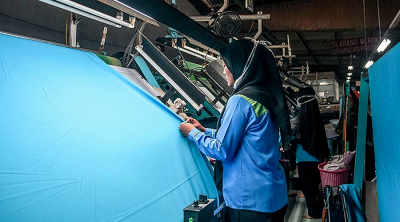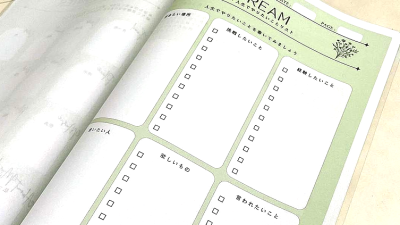PETALING JAYA: The 5 sen coin may eventually be phased out as Malaysia moves further into a cashless economy, say economists.
For now, they said its main use would be for rounding off uneven prices, particularly when taxes such as the Sales and Service Tax (SST) result in total sums that end between zero and 10 sen.
HELP University economics expert Prof Dr Chung Tin Fah said the use of small-denomination coins was becoming less necessary with the growing popularity of e-wallets and online payments.
“With digitalization and e-wallets, there is no longer a strong need for physical 5 sen coins,” he said.
“However, not everyone has access to e-payment systems, particularly in rural areas, so the phase-out will likely happen gradually.”
Prof Chung is of the view that the 5 sen coin has limited usefulness in the present day.
“Its role will continue to diminish as it cannot be used for any meaningful transactions,” he said.
While the cost of minting small coins might exceed their face value, Prof Chung said such costs were typically cross-subsidized by the production of higher-value notes and coins.
“Seigniorage, the profit made by central banks from issuing currency, remains positive overall for Bank Negara Malaysia, as is the case with most central banks worldwide,” he said.
Economist Geoffrey Williams said the 5 sen coin’s main function is now limited to rounding differences.
“The only purpose is for rounding on uneven price. If adding SST, for example, leads to a price between zero and 10 sen, you need a coin to cover the difference,” he said.
Williams added that the coin would likely be discontinued in the future, just like the 1 sen coin before it.
Another economist, Datuk Dr Madeline Berma said that the use of the 5 sen should be discontinued to discourage it from circulation.
“When the 5 sen is out of circulation, then businesses will no longer set prices in 5 sen increments. This makes more economic sense,” she said.

Traders said most customers now use cashless payment mode.
They said that while keeping 5 sen coins is manageable, it would be better if this coin denomination is eventually phased out.
A cashier at a bakery supply shop in Shah Alam, who wanted to remain anonymous, said most customers now used cashless transactions, though the store still keeps a small number of 5 sen coins for change.
“We usually have 5 sen coins for balance, but if we run out, we will replace it with a 10 sen coin,” she said.
She added that keeping 5 sen coins was not troublesome as only a small number was needed, but suggests that it would be better if the denomination is phased out entirely.
Frozen food supplier Lim Chun Gee, 52, said his business always keeps some 5 sen coins for retail transactions.
“It is still manageable for daily transactions when customers pay in cash,” he said, adding that he usually gets the 5 sen stock from customers, neighbours or friends.
Finance Minister II Datuk Seri Amir Hamzah Azizan said in September that the government has no plans to review the rounding mechanism to the nearest 5 sen, which has been in place since 2008.
According to Bank Negara records, as of August 2025, 5.4 billion 5 sen coins are currently in circulation.
Although digital payments are gaining popularity and greater use by the day, the central bank revealed that the physical currency in circulation increased by 5.5 percent last year compared to 2023.
“We will continue to ensure there are sufficient banknotes and coins in circulation to meet public demand,” Bank Negara told The Star.
According to the central bank, the circulation of RM100 banknotes is at 807.3 million while the RM1 banknote is at 3.3 billion.
As for coins, the 10 sen has the highest circulation at 9.9 billion coins compared to 20 sen and 50 sen which are 6.7 billion and 3.2 billion respectively.
In September, the Department of Statistics Malaysia said that alongside wholesale and retail trade growth, digital payments continued to accelerate in July 2025, which further supported retail activities.
E-money transactions surged 69.8 percent year-on-year to RM22.8 billion.
ADVERTISEMENT
ADVERTISEMENT








































